Oil price posts two-year highs - but how long can it last?
Brent rose above $59 a barrel this week, its best third-quarter showing since 2004
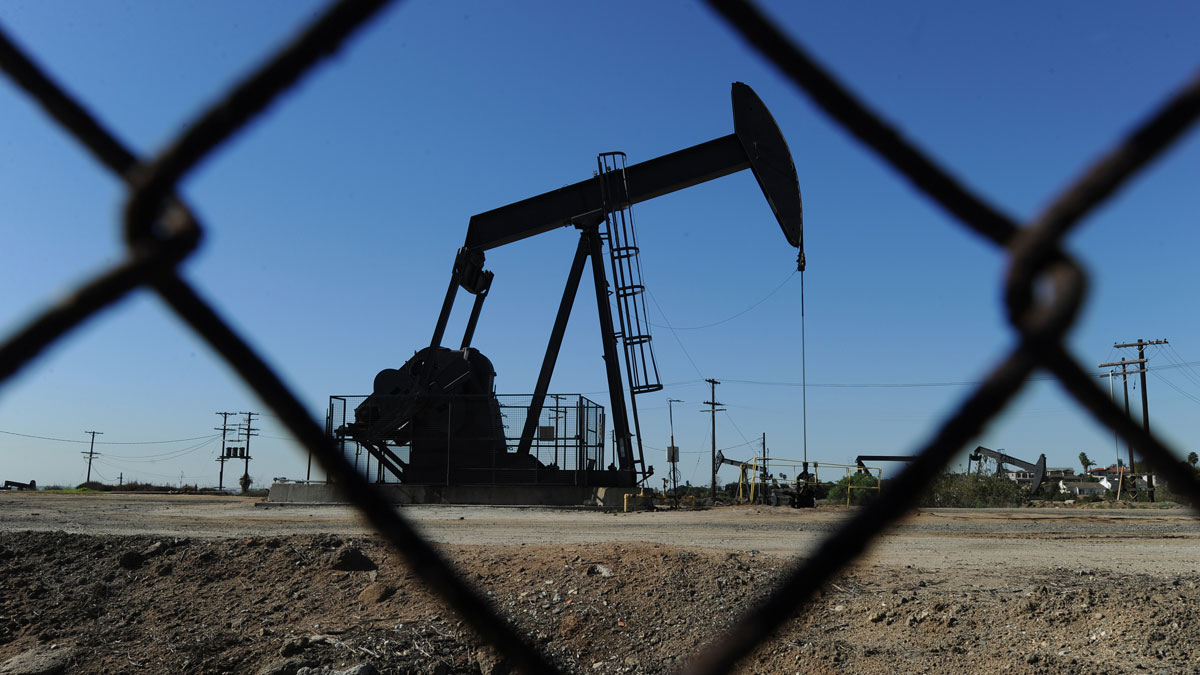
Oil price steadies above $50 but glut continues to cast shadow
3 October
Oil prices stabilised above $50 a barrel this morning, but remain under significant pressure from the current supply glut.
International benchmark Brent crude futures were trading at $50.25 per barrel at 7:51am in London, up six cents from their last close, although its US counterpart, West Texas Intermediate, was down eight cents at $48.16 a barrel.
The Week
Escape your echo chamber. Get the facts behind the news, plus analysis from multiple perspectives.

Sign up for The Week's Free Newsletters
From our morning news briefing to a weekly Good News Newsletter, get the best of The Week delivered directly to your inbox.
From our morning news briefing to a weekly Good News Newsletter, get the best of The Week delivered directly to your inbox.
The steadying of Brent is supported by Opec's announcement last week that it would cut output. However, traders said markets are still weighed down by an on-going supply excess as Saudi Arabia, Iran and Iraq remain reluctant to surrender any market share.
Opec will not finalise the extent of the output cut until its policy meeting in November. Industry analysts say there is a downside risk to oil prices if the cut is not deep enough to bring production back in line with consumption.
Barclays told clients: "Opec has created its own Q4 risk to oil prices... In raising expectations of a November deal to cut production, it also risks a steep price decline should it fail to achieve its goal of cutting output back to less than 33 million bpd [barrels per day]."
However, the bank added it does not anticipate a repeat of the price crash seen late last year, pointing to rallying Asian economic growth outlook, falling oil supplies and rising investor interest in oil markets.
A free daily email with the biggest news stories of the day – and the best features from TheWeek.com
Commerzbank AG has sounded its own warning, saying: "OPEC does not control marginal production and therefore has no lasting control over prices."
Three reasons the oil price hasn't risen more since Opec's deal
30 September
The oil price rose sharply on Wednesday and Thursday and is heading for a sizeable weekly gain – but traders betting on a big bounce could be forgiven for feeling a little disappointed.
Bullish bets on a price surge looked set to pay off in a big way after the 14-nation Opec cartel shocked the market on Wednesday with a deal to cut production.
Market analysts have long called for such a measure to combat the two-year supply surplus that has triggered a prolonged price slump.
International oil price benchmark Brent crude gained six per cent on Wednesday in New York and two per cent in London yesterday, reaching well in excess of $49 a barrel.
But it has since dipped back and was down 1.7 per cent this morning to $48.40. So why has enthusiasm waned?
The deal could yet fall through
Opec's deal is only a provisional agreement and needs to be finalised in November, when it will be decided which cartel nations will make the cuts necessary to meet the promised 700,000 per barrels reduction and by how much. With the likes of Iran, Iraq, Libya, Nigeria and others all looking to increase production, that may not be an easy matter.
"There is a lot of work that has to be done and the agreement could fall apart quite quickly," Dougie Youngson, an analyst at the stockbroker Finncap, told The Guardian.
The deal is not enough
Opec has said it will cut production from its current 33.5 million barrels per day to between 32.5 and 33 million.
But as demand growth is underwhelming and there remains a huge overhang of production from the glut of the past two years - not to mention the fact Opec is not the only player in town any more – several experts are less than impressed.
"We maintain our view that a collective cut will have little impact on a fundamental level," analysts at BMI Research said, reports Reuters.
Opec's crown has slipped
The growth in non-Opec production means the cartel cannot dictate the market as it once could. The US and Russia now produce more oil than Saudi Arabia and neither of them has agreed to any cuts.
Amos Hochstein, the US energy envoy, told Reuters the deal "will either lead to higher US production and trigger another price fall or allow US producers to expand market share".
While US shale is hard to control, Opec has apparently invited Russian representatives to its meeting in November in the hope of bringing the country on board. Success in that regard may prove pivotal.
Oil price surges on shock Opec deal to cut output
29 September
"Finally, something resembling a deal," says the Financial Times.
Despite reports Iran had rejected overtures from its regional rival Saudi Arabia, an informal meeting of oil ministers from the 14 countries in the Opec cartel ended with a "preliminary deal to limit production", says the BBC.
Output from the bloc would be limited to between 32.5 million and 33 million barrels a day, said Mohammed Bin Saleh Al-Sada, Qatar's energy minister and current president of Opec.
That would equate to between a decrease of between 240,000 and 740,000 barrels per day from the 33.24 million Opec pumped in August, says the FT. The agreement still needs to be formalised at the cartel's regular November gathering.
International oil price benchmark Brent crude surged more than six per cent on the news, passing $49 a barrel. US counterpart West Texas Intermediate (WTI) jumped more than five per cent to above $47.
Nigerian oil minister Emmanuel Ibe Kachikwu said it was a "very positive deal", while Algerian energy minister Noureddine Boutarfa said the decision "was unanimous and without reservations".
"The cartel proved that it still matters even in the age of shale," Phil Flynn, an analyst at Chicago-based brokerage Price Futures Group, wrote in a market commentary, reported by The Guardian. "This is the end of the 'production war' - Opec claims victory."
However, traders are doubtful – the deal is not finalised and contains no detail on how much each country will limit production, leaving the potential for dissent at the November meeting.
As a result, oil prices dipped this morning, with Brent shedding half a dollar to around $48.50 and WTI falling back below $47. Both are still near three-week highs.
"Opec is moving in the right direction, but this is not over," said Jamie Webster, a fellow at the Center on Global Energy Policy. "Finding numbers for each producers’ production and following through with cuts means there is still a way to go."
Oil price plunges after Iran rejects Saudi output offer
28 September
International oil prices took a sharp tumble on Tuesday after reports suggested Iran has rejected an offer from Saudi Arabia on production.
That all but ends any hope of a deal to limit output arising from the International Energy Forum today, which many traders hoped would ultimately return the market to balance and trigger a sustainable oil price recovery.
Brent slumped almost three per cent to below $46 a barrel, while US counterpart West Texas Intermediate fell by a similar margin to around $44.70.
Reuters says Riyadh had offered to cut its own future output in return for Tehran agreeing to limit exports. But Iranian officials refused and are instead holding out for the right to up their production to close to 13 per cent of the Opec total.
It was hoped that an informal meeting of ministers representing the 14 cartel countries would lead to a deal to at least freeze pumping at current levels.
That in turn could be used as the basis for a deal with non-Opec countries such as Russia, which has pushed its exports to a new record.
But now the market has all but given up on any hope of a deal. The Wall Street Journal reports Saudi oil minister Khalid al-Falih confirming there will be no agreement.
He did, however, hold out the prospect of a deal at Opec's next formal gathering in November.
Rapprochement with the likes of Iran is made more possible if Saudi Arabia is willing to curb its near-record output.
Of course there are other members of the group who have also been looking to up oil production to improve their economies, including Nigeria, Libya and Iraq, which must be accommodated.
There is concern that rising production and underwhelming demand growth will return the market to surplus next year and keep prices lower for much longer. This explains why despite a report last night showing a fall in US oil reserves, prices recovered by less than one per cent.
Goldman Sachs has again revised down its US oil price forecast for the final months of this year, to $43 a barrel.
Oil price slumps ahead of Opec meeting
26 September
A rally in the oil price came to an end on Friday, as traders looked ahead to this week's informal meeting of Opec cartel energy ministers.
International benchmark Brent crude advanced strongly up to Thursday last week, not least after the Federal Reserve's interest rate hold that hit the dollar and so made oil cheaper for overseas buyers.
But on Friday, with the dollar recovering, positive sentiment evaporated ahead of the Opec talks, which take place on the fringes of the three-day International Energy Forum in Algiers, which starts today.
There are signs that Saudi Arabia and Iran, two of Opec's most important producers, are a long way from an agreement on a mechanism for freezing production, says Reuters.
As a result, Brent slipped 3.7 per cent to less than $46 a barrel and was down another 0.2 per cent to $45.80 this morning in London. US counterpart West Texas Intermediate fell four per cent to around $44.50 a barrel on Friday.
Michael Hewson, the chief market analyst at CMC Markets UK, told the BBC: "Given that Opec has failed to agree much of anything in the last 12 months, it seems unlikely that it will start now."
However, Noureddine Boutarfa, the energy minister for Opec member Algeria, continued to sound upbeat on the prospects for a deal this morning, saying the group would "not come out the meeting empty-handed".
Nevertheless, Morgan Stanley summed up analyst pessimism: "Our base case is that Opec will meet… without a formal statement. A non-binding commitment to stabilise oil markets is possible, but it would likely lack teeth," it said.
With previously disrupted production returning in areas such as Libya and Nigeria and global oil-demand growth forecasts being lowered, there are fears the market will remain oversupplied well into next year unless a deal is agreed.
-
 Why are micro-resolutions more likely to stick?
Why are micro-resolutions more likely to stick?In the Spotlight These smaller, achievable goals could be the key to building lasting habits
-
 What will happen in 2026? Predictions and events
What will happen in 2026? Predictions and eventsIn Depth The new year could bring peace in Ukraine or war in Venezuela, as Donald Trump prepares to host a highly politicised World Cup and Nasa returns to the Moon
-
 Why is Trump’s alleged strike on Venezuela shrouded in so much secrecy?
Why is Trump’s alleged strike on Venezuela shrouded in so much secrecy?TODAY'S BIG QUESTION Trump’s comments have raised more questions than answers about what his administration is doing in the Southern Hemisphere
-
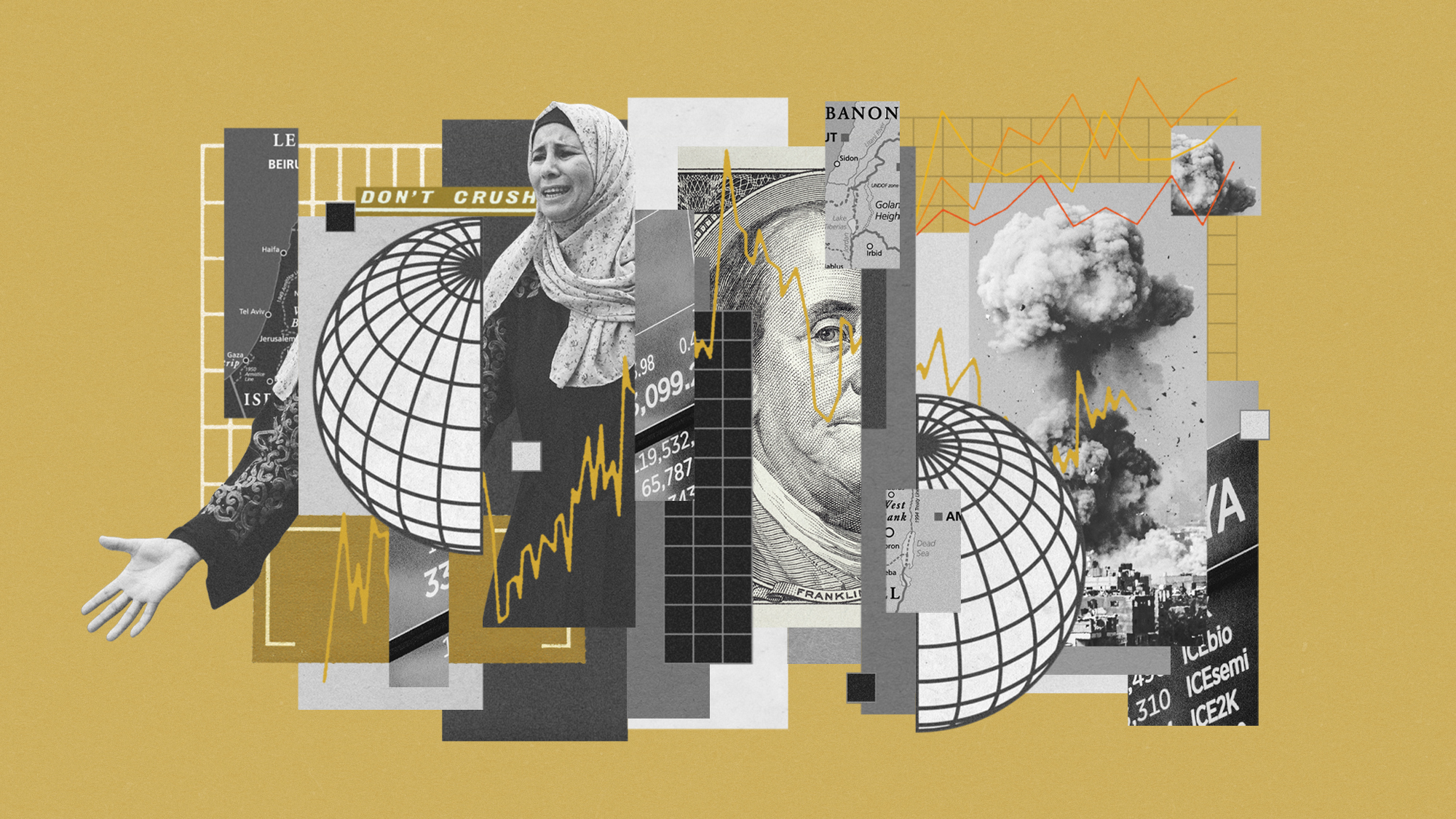 How might the Israel-Hamas war affect the global economy?
How might the Israel-Hamas war affect the global economy?Today's Big Question Regional escalation could send oil prices and inflation sky-high, sparking a worldwide recession
-
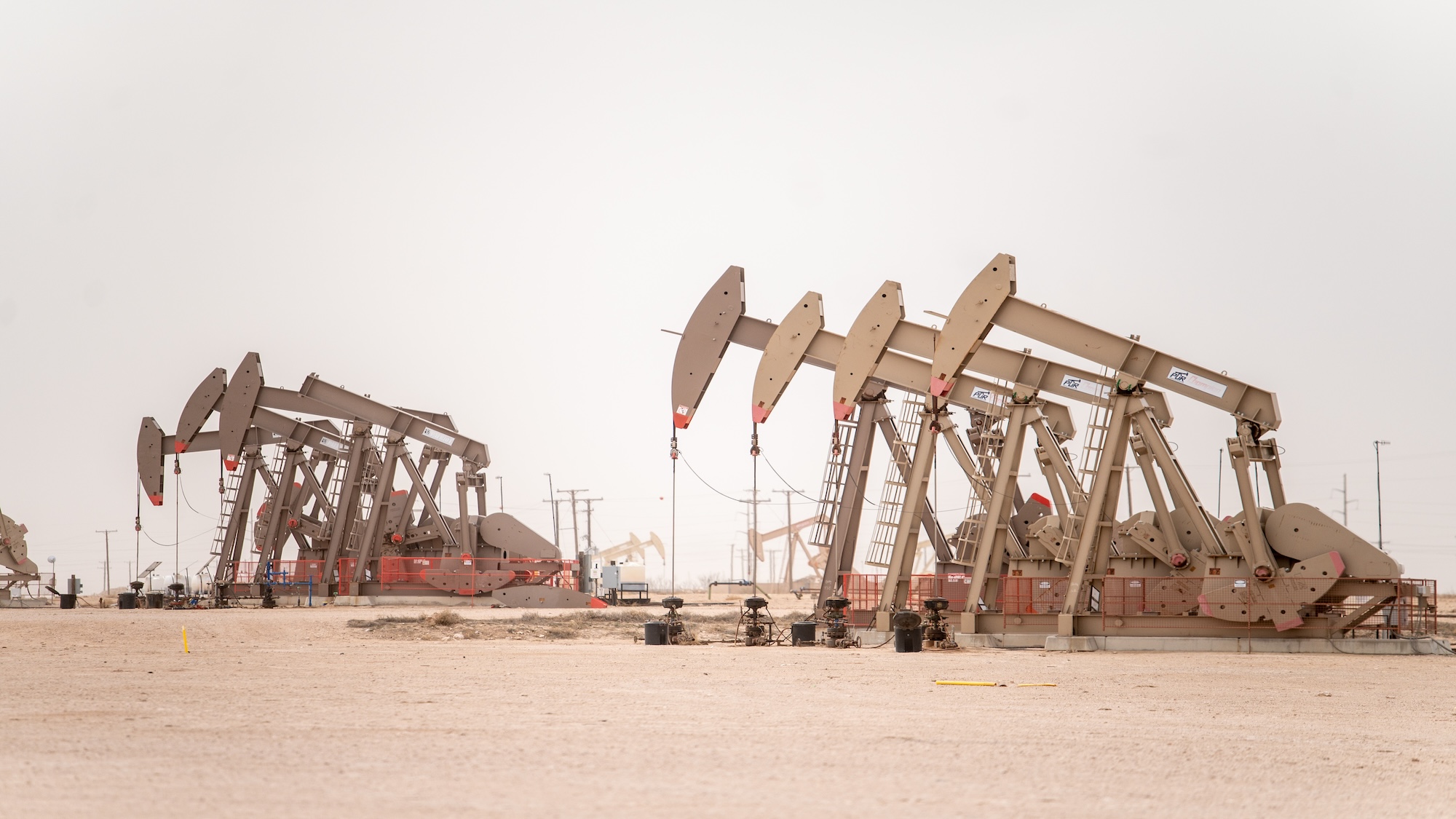 Recent mega-mergers could signal a turning point for the US oil industry
Recent mega-mergers could signal a turning point for the US oil industryTalking Point Both Chevron and Exxon have recently spent billions to acquire smaller oil companies
-
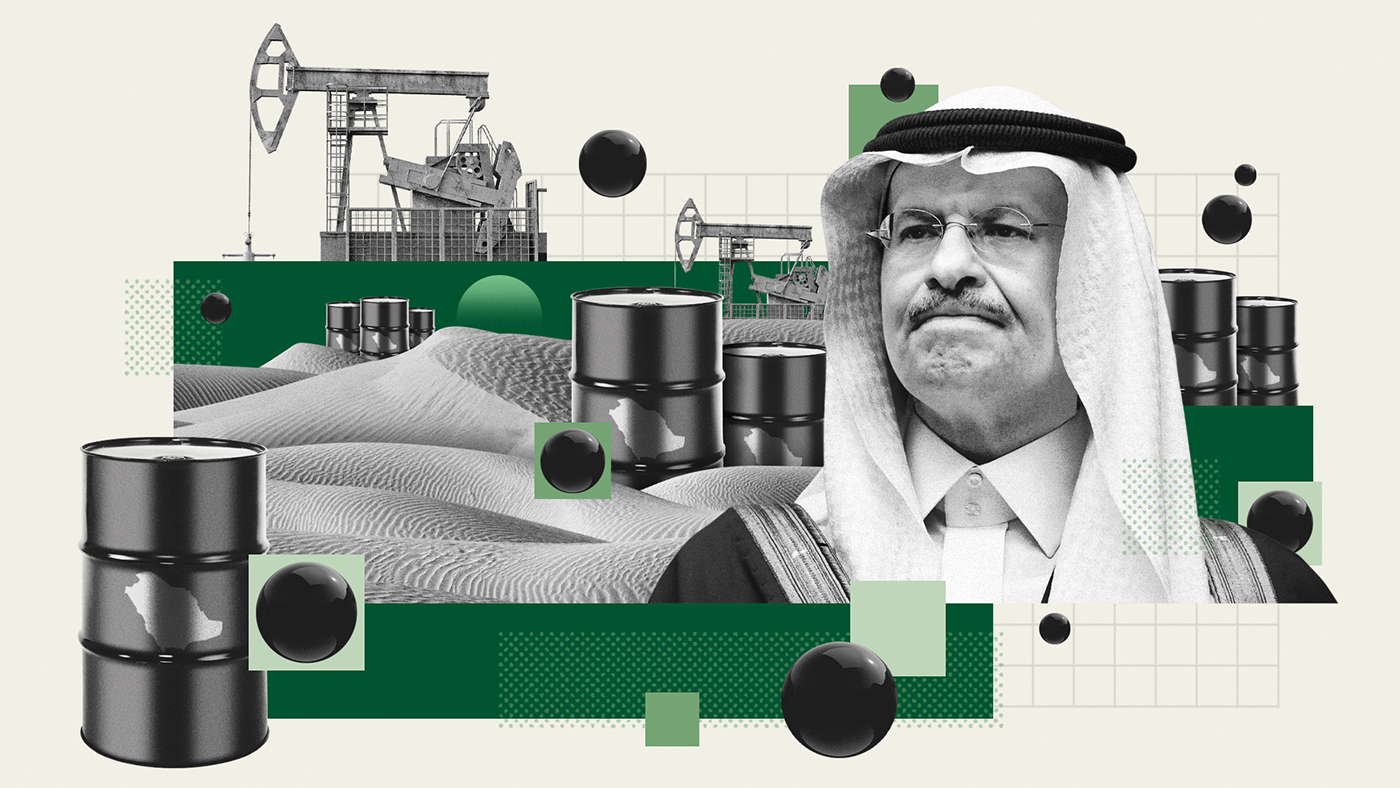 Has Saudi Arabia lost control of oil prices?
Has Saudi Arabia lost control of oil prices?Today's Big Question Kingdom goes it alone to cut production, risking tension with US and reigniting cooling inflation in Europe
-
 US angered by Opec+ oil cut
US angered by Opec+ oil cutSpeed Read Energy prices to rise further as producers slash supply by two million barrels a day
-
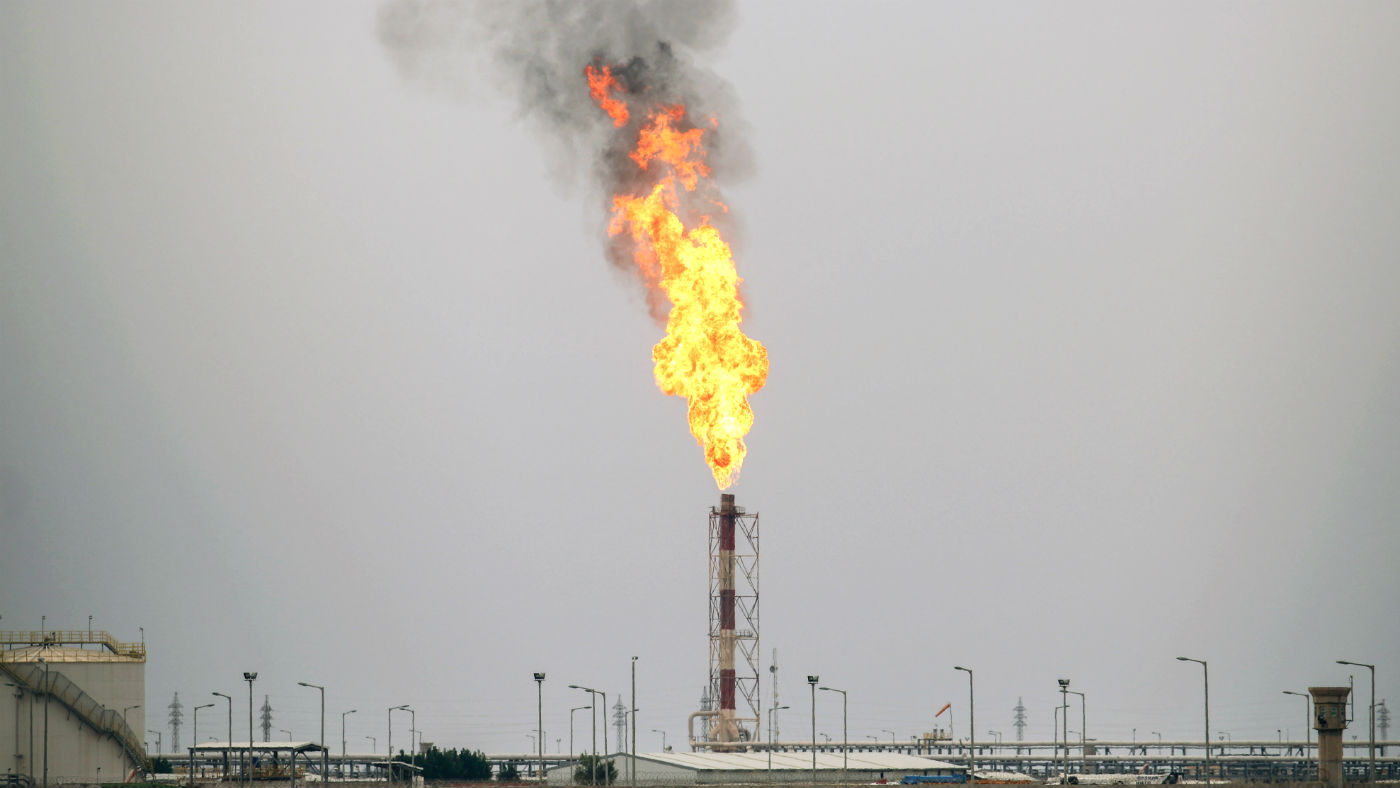 Global oil demand forecast lowered for 2020 and 2021
Global oil demand forecast lowered for 2020 and 2021Speed Read IEA report says jet fuel demand remains the major source of weakness
-
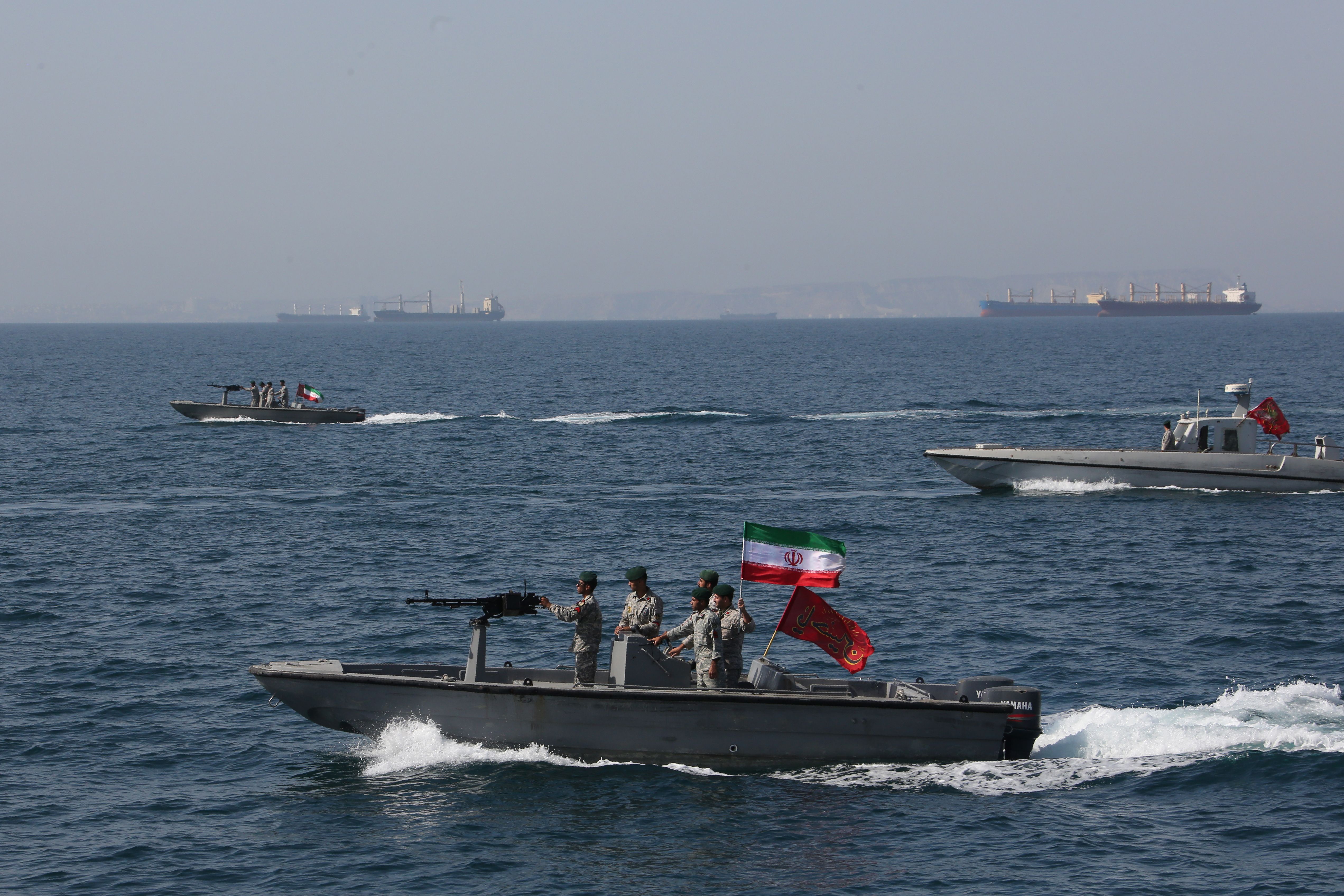 Are US-Iran tensions flaring again?
Are US-Iran tensions flaring again?In Depth Trump threatens military action over Twitter
-
 Can a deal be struck to raise oil prices?
Can a deal be struck to raise oil prices?In Depth Opec+ will convene today over video link in a bid to boost crude
-
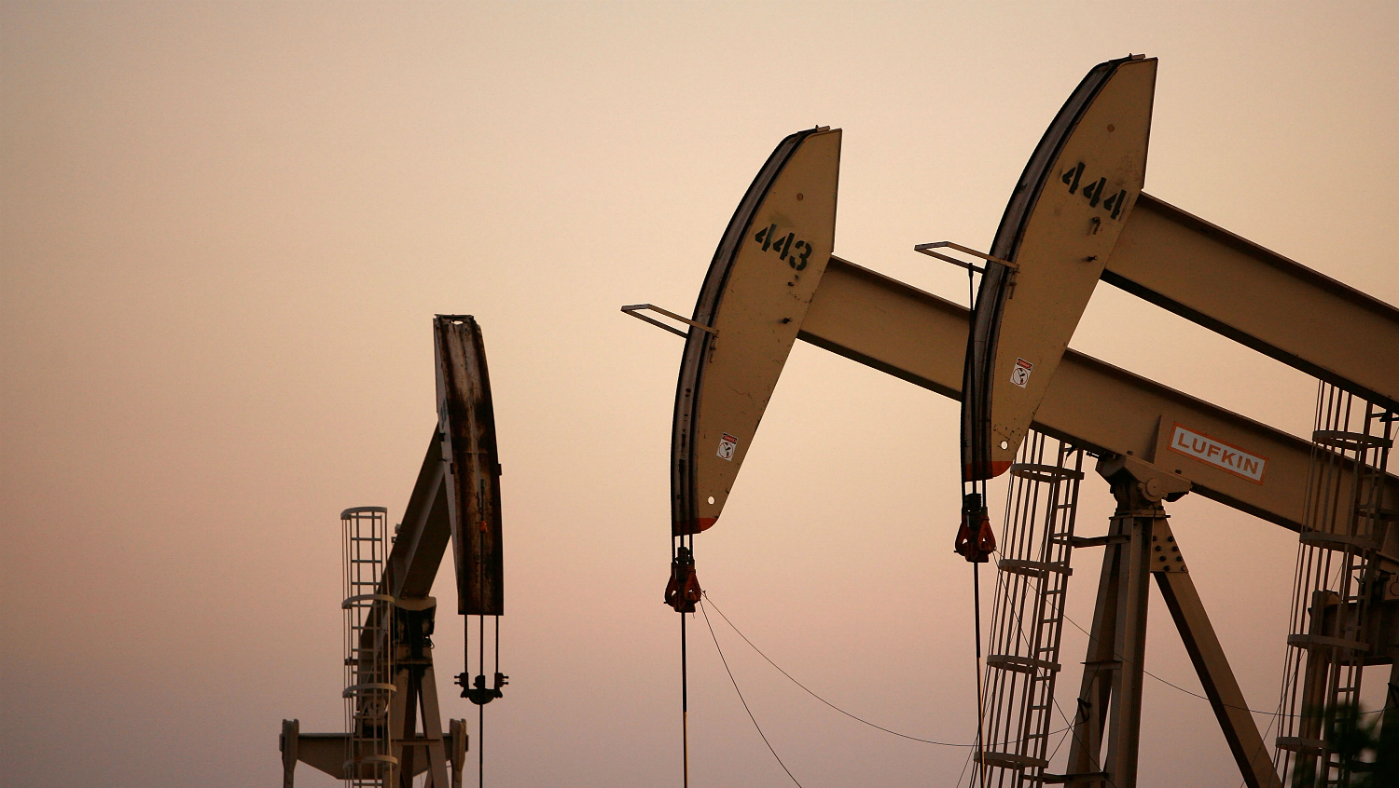 What do negative oil prices mean?
What do negative oil prices mean?In Depth Perfect storm of oversupply and storage shortages sees producers paying to get rid of US crude